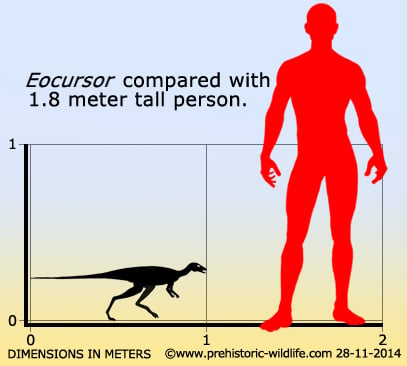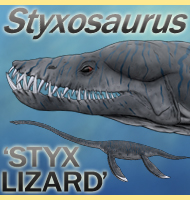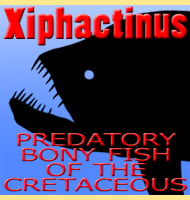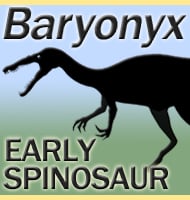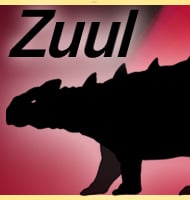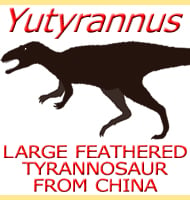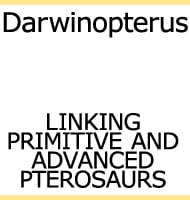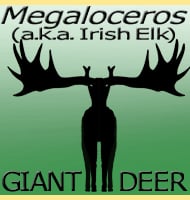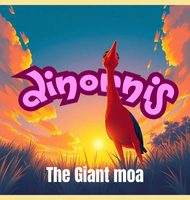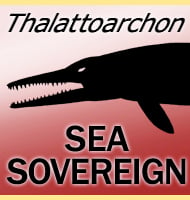In Depth
Not only is Eocursor one of the earliest known ornithischian dinosaurs, it is also one of the most completely preserved, and for this reason the genus has become something of a benchmark when studying early ornithischian dinosaurs. The holotype specimen of Eocursor was of an individual approximately one meter long, though because of the lack of tail remains, this figure is based upon comparisons to other ornithischian dinosaurs.
Though the ornithischian dinosaurs were mostly herbivorous (plant eaters), there is a little uncertainty about Eocursor. The teeth of the lower jaw and the maxilla (posterior tooth bearing bone in the upper jaw) are arranged in tightly packed rows and would have been great for processing plants. However, the teeth of the premaxilla (anterior tooth bearing bone in the upper jaw) are sharp and conical like in a meat eating dinosaur, and this observation coupled with the primitive nature of Eocursor have led to speculation that that it might have been an omnivore (eating both plants and meat).
If Eocursor occasionally ate meat, it still was no apex predator, with sources of meat including everything from snatching up insects and small lizards, to scavenging carcasses left over from the work of true predators. If anything, Eocursor was a dinosaur that made a point to stay out of the way of predators, and the rear legs are a good indication of this. Eocursor would have been a bipedal dinosaur, and the lower leg bones are proportionately larger than the upper leg bones, a clear sign of legs that were suited for fast running. In fact it is this running adaptation that was part of the inspiration for the name Eocursor which means ‘Dawn runner’.
Further Reading
- A primitive ornithischian dinosaur from the Late Triassic of South Africa, and the early evolution and diversification of Ornithischia. - Proceedings of the Royal Society of London B: Biological Sciences 274:2041-2046. - Richard J. Butler, Roger M. H. Smith & David B. Norman - 2007.
